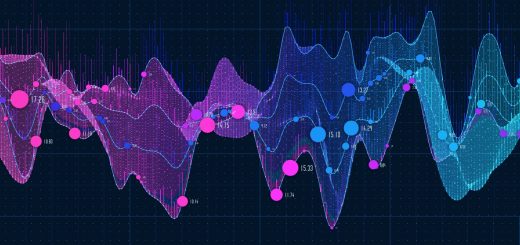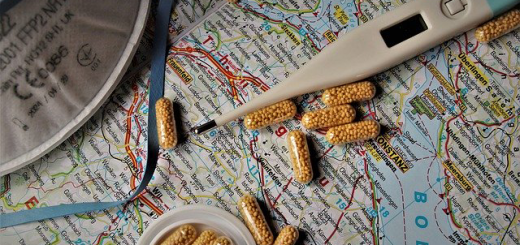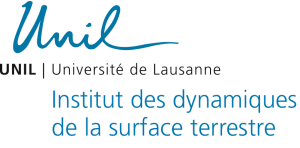Deep Learning for Remote Sensing Scene Classification
Deep Learning for remote sensing scene classification
Scene classification is an important and challenging problem in Earth observation remote sensing. The goal is to assign labels to satellite or airborne images according to a set of semantic categories (e.g. land-cover and land-use categories), and the difficulty comes from the great complexity of both spatial and structural patterns that can be found in high-resolution images. Recently, deep learning approaches, based on large-scale convolutional neural network (CNN) architectures, have achieved state-of-the-art performance. This is mainly attributed to the ability of CNNs to automatically learn hierarchical feature representations from image datasets.
The present work suggests a new small-scale CNN architecture for the scene classification of satellite and airborne imagery. A step-by-step implementation of this simple architecture is explained in detail and the sensitivity of the final models to the size of the training sets is discussed with regard to their generalization abilities. Furthermore, a thorough evaluation is carried out using benchmark datasets of land-use and land-cover scenes (the datasets are publicly available). The results demonstrate the high performance of the proposed architecture, which is confirmed by comparisons with existing techniques.
The work has been presented at EGU 2018. The abstract “Deep Learning for Remote Sensing Scene Classification: A Simple and High-Performance Architecture.” is available at https://www.researchgate.net/publication/323316489_Deep_Learning_for_Remote_Sensing_Scene_Classification_A_Simple_and_High-Performance_Architecture .




